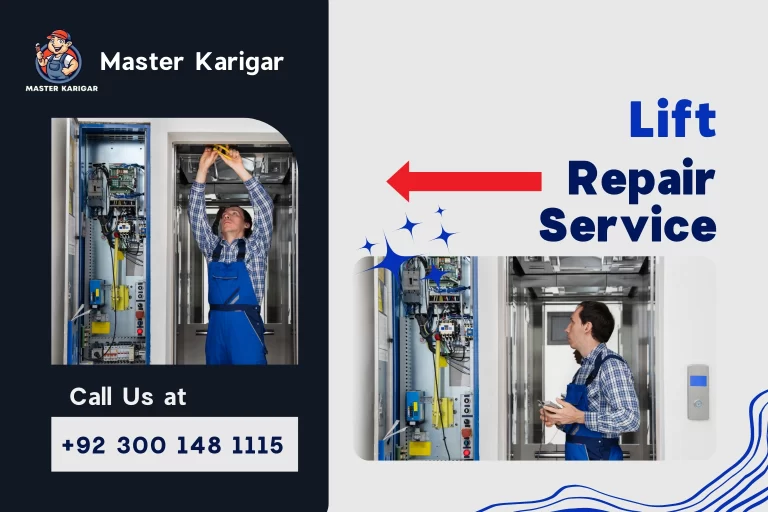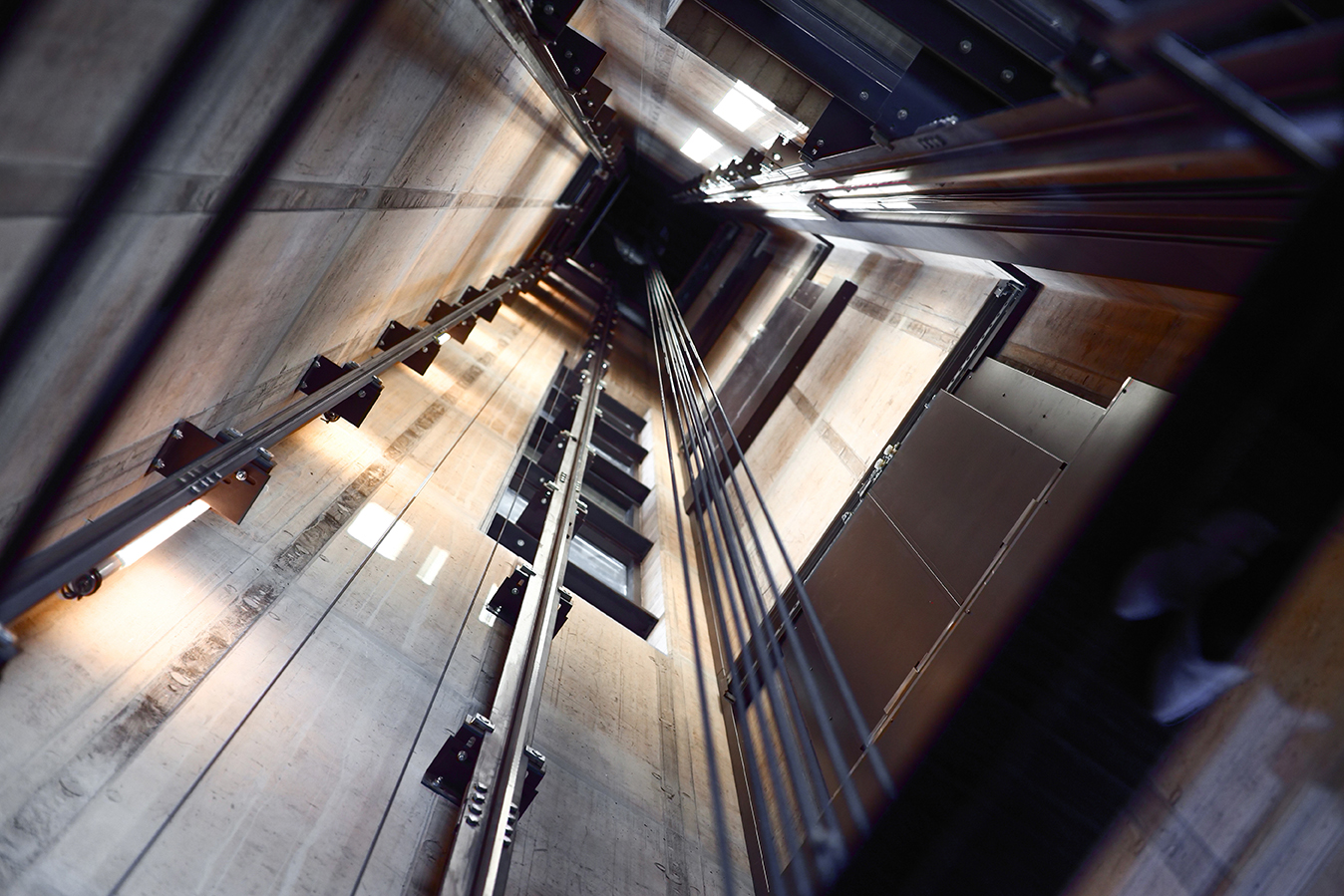Effective Lift Breakdown Solutions: What to Anticipate From Leading Lift Repair Providers
An Extensive Strategy to Enhancing Efficiency Via Strategic Lift Repair Strategies
In the world of facility monitoring, the performance and integrity of lifts play a vital role in ensuring seamless operations. A tactical and methodical strategy to raise repair and maintenance is crucial to optimize performance and minimize downtime. By dealing with usual lift issues, carrying out positive upkeep steps, and establishing targeted fixing plans, centers can optimize their lift systems to operate at peak efficiency degrees. Nevertheless, the secret to accomplishing sustained renovation depends on using data-driven insights to inform decision-making processes and drive continuous improvement. This extensive technique to improving lift performance via tactical repair strategies holds the guarantee of not only improving functional effectiveness yet additionally expanding the life-span of lift systems.
Relevance of Lift Efficiency Optimization
Recognizing the relevance of enhancing lift performance is critical for ensuring dependable and reliable upright transport systems in different buildings and frameworks. Lifts are necessary components of modern-day infrastructure, providing upright mobility for occupants and goods within structures of differing heights. By optimizing lift efficiency, building owners and center managers can improve individual experience, boost power performance, and boost general functional effectiveness.
Effective lift performance optimization includes numerous factors, including speed, capacity, energy safety, maintenance, and intake requirements. Properly maximized lifts can minimize wait times for individuals, specifically in high-traffic structures, causing boosted contentment and efficiency. Furthermore, optimized lifts add to power savings by using innovative control systems and technologies that reduce power intake without compromising performance.

Identifying Common Lift Issues
Determining common lift problems is vital for preserving the operational efficiency and security of vertical transportation systems in structures. This issue can be a measure of issues with the lift's electric motor, control system, or also the positioning of the lift car.
One more widespread lift problem is weird sounds emanating from the lift shaft or equipment room. These noises can vary from grinding or scraping noises to loud clunking noises, every one of which might signal underlying mechanical concerns that need immediate interest. In addition, regular door breakdowns, such as doors closed or closing correctly, can interrupt the smooth flow of passengers and posture security dangers.
Implementing Proactive Upkeep Steps
To optimize the efficiency and long life of lift systems, proactive upkeep actions play a critical duty in guaranteeing operational reliability and safety. platform lift dimensions. Carrying out aggressive upkeep involves methodically checking, maintenance, and repairing elements before they fail, hence stopping expensive downtime and potential security dangers. Consistently set up evaluations can assist identify minor concerns before they intensify into major issues, eventually prolonging the lifespan of lift systems
One trick facet of proactive maintenance is developing a detailed upkeep timetable based upon maker referrals and industry ideal techniques. This timetable must find here lay out jobs such as lubrication, alignment checks, and element substitutes at defined intervals. Furthermore, implementing condition tracking methods, such as resonance evaluation and thermal imaging, can assist identify very early indicators of wear or malfunction.
Moreover, training upkeep staff on proper inspection strategies and preventive upkeep procedures is essential for the effective implementation of positive upkeep measures. By fostering a culture of positive maintenance within an organization, lift systems can operate at peak performance degrees, lessening interruptions and guaranteeing the safety and security of individuals.
Establishing Targeted Repair Strategies
Upon examining the maintenance records and performance data, the design team can establish targeted repair plans to optimize and address details issues lift system functionality. These repair strategies are tailored to the identified problems, ensuring that resources are concentrated on solving crucial problems effectively. By prioritizing repairs based on their influence on efficiency and safety and security, the targeted repair strategies help decrease downtime and upkeep costs while making the most of the lift system's dependability.
Creating these plans includes a comprehensive evaluation of the lift system elements, consisting of electric motors, cable televisions, brakes, and control systems. Through this thorough analysis, the design group can establish the origin of any malfunctions or destruction in efficiency. This information is then utilized to create a roadmap for the repair process, outlining the needed steps, timeline, and resources called for to deal with each problem effectively.
Additionally, targeted repair work plans may include preventative measures to enhance the lift system's longevity and performance. By proactively addressing possible concerns before they rise, these plans contribute to the general efficiency and security of the lift system.
Utilizing Data-Driven Insights
Using the power of data-driven insights is vital in optimizing lift system efficiency and maintenance effectiveness. These anticipating upkeep strategies assist avoid unexpected break downs, lower downtime, visit the site and expand the lifespan of lift systems.

Final Thought
In final thought, maximizing lift performance is crucial for ensuring efficiency and security in structures. By identifying common lift concerns, applying proactive upkeep measures, developing targeted repair work plans, and using data-driven understandings, organizations can improve performance and reduce downtime. It is essential to take an extensive method to lift repair work techniques to optimize functional performance and make sure the durability of visit this site right here lift systems.
By attending to typical lift concerns, applying positive maintenance steps, and developing targeted repair work plans, facilities can optimize their lift systems to run at peak efficiency levels.An additional prevalent lift issue is strange sounds emanating from the lift shaft or machinery area.Upon examining the maintenance records and performance data, the design team can develop targeted fixing plans to address details problems and optimize lift system capability. By prioritizing repairs based on their influence on performance and safety, the targeted fixing plans help decrease downtime and upkeep expenses while making the most of the lift system's integrity.
It is crucial to take an extensive approach to lift fixing methods to optimize operational efficiency and ensure the durability of lift systems.